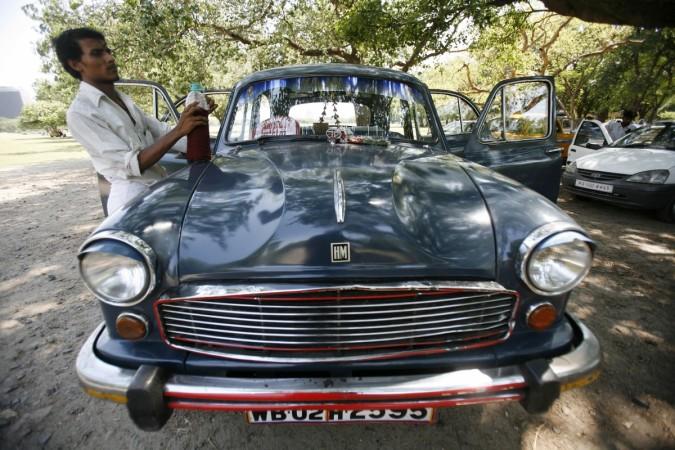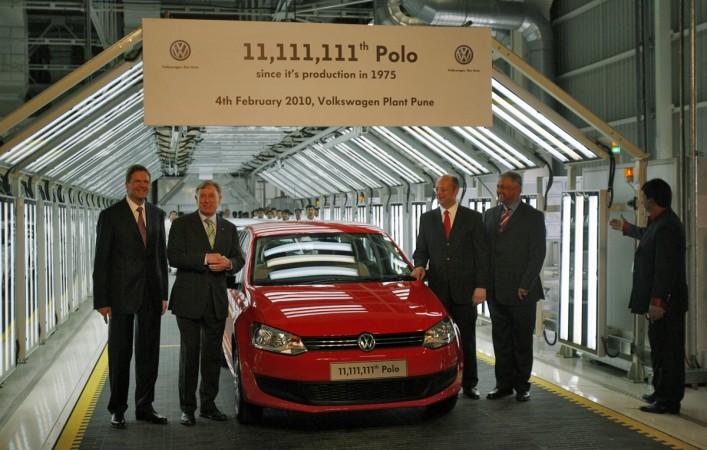India's environment court, the National Green Tribunal, has banned vehicles older than 15 years from the streets of New Delhi.
The capital of the world's second most populous country has been named the world's worst polluted city by the World Health Organization.
A government study estimates vehicle pollution accounts for almost three quarters of overall air contamination in teh capital, which gets exacerbated in the winter months when fog and vehicle emissions produce smog in record levels.
While no incentive has been offered for abandoning the older models , the benefits of such a move cannot be ignored.
The affected vehicles come from an era when India opened up her economy to global entrants, which saw Germany's Opel, Ford Motors, Hyundai and Daewoo from South Korea, Honda and Toyota from Japan, Peugeot from France, Fiat from Italy, Rover from UK, among others.
Until then, Indians were limited to the Hindustan Motors produced Ambassador or the Premier Padmini based on the Fiat 1100D, and the Maruti Suzuki 800, part of Japan's Kei Car regulations for small vehicles.

The newer entrants took many a misstep and a few manufacturers left the country without ever tasting success, some by virtue of poor product choice and others due to poor management.
The vehicles manufactured in the late 90's had many a novelty, but hardly any safety features and their build quality was still in keeping with the benchmark of the then Indian car manufacturing, which was negligible. Except for the Maruti 800, which saw a 30-year long production run, other vehicles have seen spare parts dry up, and with it, the engineering talent that goes in maintaining the cars.
Today, the country is one of the world's fastest growing car markets. Every manufacturer, including luxury and sport cars, has a presence across the country.
Delhi, by itself, is the largest market, accounting for 17% of all vehicles being sold in the country.
If the ban is followed by strict and rigorous implementation, it would drive down the price of used cars, which could end up in semi-rural and rural areas. India continues to remain a country with low penetration levels of vehicle ownership. Statistics suggest that used cars are traded in the ratio of 1:1 of new cars.
The vehicle market remains buoyant, while still not seeing heady days; it has recovered much since the Narendra Modi government came to power. India is also an export hub for manufacturers, earning the nation much valuable foreign exchange.

Air pollution is a significant health hazard causing respiratory infections, heart disease, COPD, stroke and lung cancer.
The WHO said Delhi had the world's highest annual average concentration of small airborne particles known as PM2.5, following a study this year of 1,600 cities across the globe.
The government, while in no condition to provide cash incentives, could consider cuts in tax and excise duties, allowing for a reduction in the entry cost of cars. The current drop in crude by as much as 40% and a helpful rate cut by the Central Bank should benefit the car buying market not only in the capital, but across the country.

















